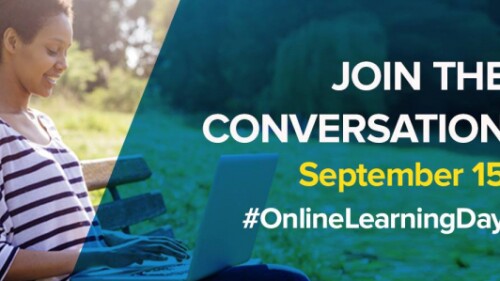Success in an online degree program starts with clear, achievable goals. Whether you’re balancing classes with a full-time job, caring for family, or returning to school after time away, setting realistic goals based on your course expectations can help you stay focused, motivated, and on track.
At Kent State Online, we understand that our students lead busy lives—and we’re here to help you approach your online learning journey with confidence and clarity. Here’s how to set goals that work for you and align with what your classes will actually require.
Start by Understanding Your Course Expectations
Before setting any goals, take time to review your course materials thoroughly. That includes:
- The syllabus
- Weekly workload estimates
- Assignment types and due dates
- Participation requirements (like discussion boards or group work)
Most online courses follow a weekly rhythm, with expectations for reading, lectures, discussions, and assignments. A good rule of thumb is to plan for 6–10 hours per week per class. Understanding what’s required will help you set goals that are both ambitious and achievable.
Set SMART Goals That Support Your Success
When setting academic goals, use the SMART framework to guide your thinking:
- Specific: Define exactly what you want to accomplish
- Measurable: Make sure you can track your progress
- Achievable: Be honest about your current time and energy levels
- Relevant: Focus on what matters most to your academic success
- Time-bound: Set deadlines to stay accountable
Example: Instead of saying, “I want to stay ahead in my classes,” try: “I will review course materials and outline my discussion post by Wednesday each week.”
Break Big Goals Into Weekly Actions
Once you’ve outlined your course expectations and broader academic goals, break them down into smaller weekly or daily steps. For example:
Week 1 goal: Watch all lecture videos and take notes by Thursday
Week 2 goal: Draft and submit first written assignment by Sunday
Week 3 goal: Connect with group members and schedule a planning meeting
Smaller milestones help reduce overwhelm and give you a clear sense of progress throughout the term.
Be Honest About Your Schedule
Your goals should reflect your real-life responsibilities—not your ideal schedule. Ask yourself:
- How many hours a week can I realistically devote to coursework?
- What time of day am I most focused?
- What obligations might interfere with my study time?
By building your goals around your current lifestyle, you’re more likely to stick with them—and less likely to feel discouraged.
Celebrate Progress (Not Just Perfection)
Achieving your goals isn’t just about checking off a box—it’s about building consistency and confidence. Even small wins matter. Did you stay on top of your reading this week? Submit something early? Finish a tough assignment on time?
Celebrate that progress and use it as fuel for the next step in your journey.
Adjust as Needed
Life happens—and sometimes, even the most carefully planned goals need to be adjusted. Don’t hesitate to revise your timeline or ask for support when things get busy. Kent State Online offers resources like:
- Academic advising
- Time management and study tips
- Writing assistance and tutoring
- Technical and platform support
Use these tools to stay flexible and focused.
Realistic Goals Build Long-Term Success
Online learning isn’t about doing everything at once—it’s about setting the right pace, prioritizing what matters, and showing up consistently. When you set realistic goals based on your course expectations, you’re building a foundation for academic progress and personal growth.
At Kent State Online, we’re here to support your success—every step of the way.
Looking to achieve your goals with a flexible, fully online degree?
Explore our 100% online programs and discover how Kent State helps you move forward on your schedule.
Explore our online programs or contact a Kent State Online Admission Coordinator today!







